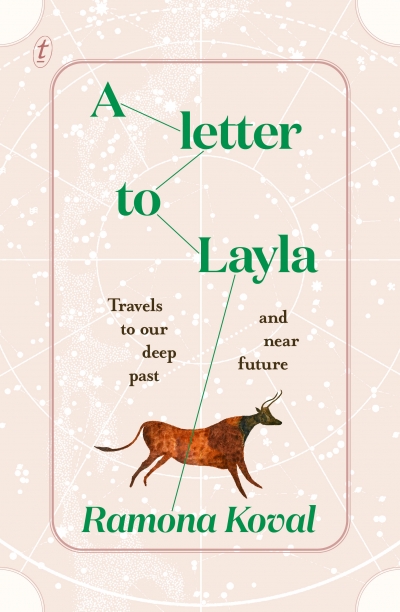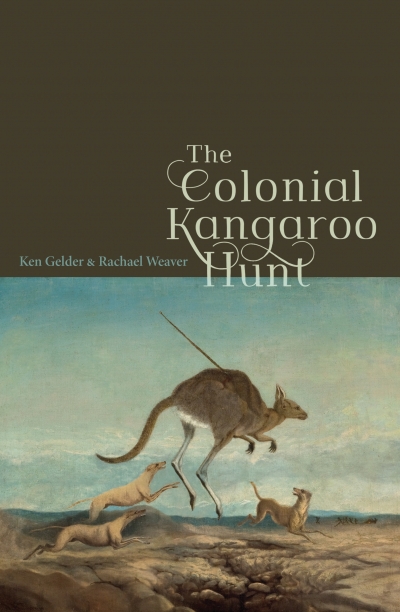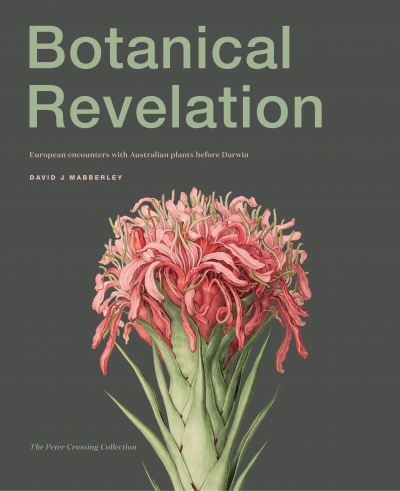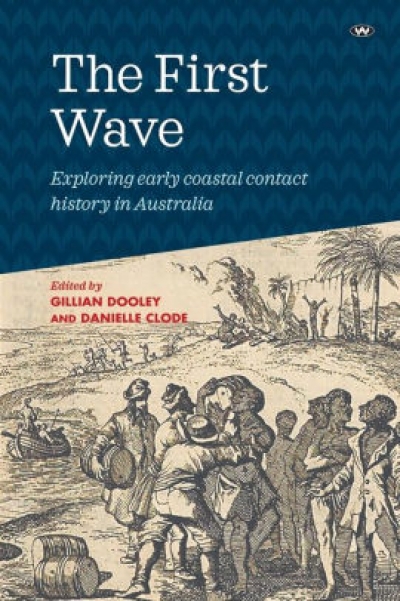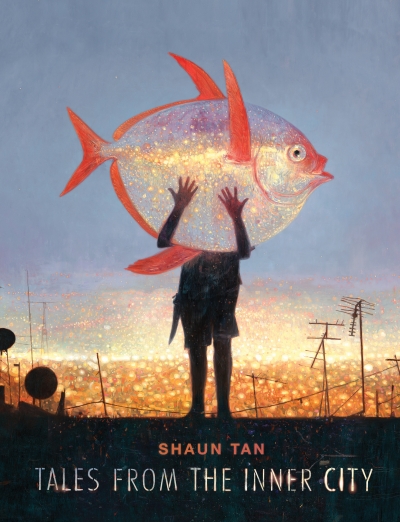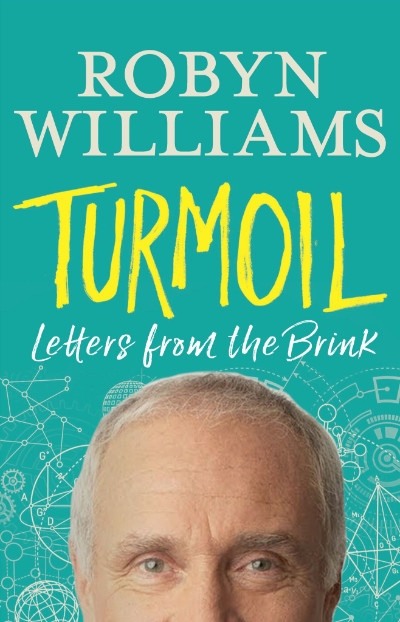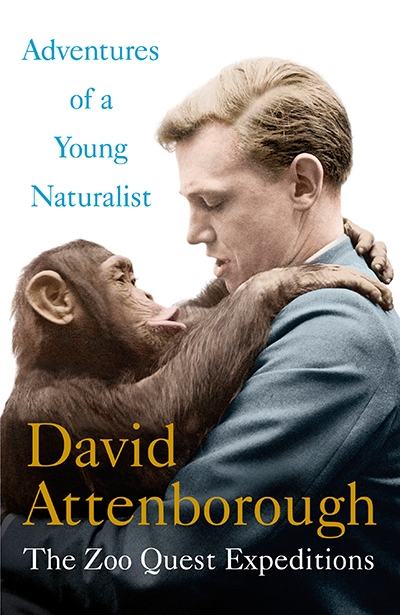Danielle Clode
In Search of the Woman Who Sailed the World by Danielle Clode
by Gemma Betros •
A Letter to Layla: Travels to our deep past and near future by Ramona Koval
by Danielle Clode •
The Colonial Kangaroo Hunt by Ken Gelder and Rachael Weaver
by Danielle Clode •
Botanical Revelation: European encounters with Australian plants before Darwin by David J. Mabberley
by Danielle Clode •
Idling in Green Places: A life of Alec Chisholm by Russell McGregor
by Danielle Clode •
The First Wave: Exploring early coastal contact history in Australia edited by Gillian Dooley and Danielle Clode
by Alexandra Roginski •
‘We’ll be going this earth’: an environmental survey
by Lynette Russell, et al. •
To complement the reviews and commentaries in our Environment issue, we invited a number of writers and scholars to nominate a book that will give readers a better appreciation of the environment.
... (read more)Adventures of a Young Naturalist:: The Zoo Quest expeditions by David Attenborough
by Danielle Clode •


